October 12, 1492. It is difficult to find a more universally known historical date than that of the arrival of Christopher Columbus in America. Neither that of the French Revolution, nor those of the beginnings/ends of wars, nor in any other episode of the past reach that popularity or their degree of detail (day, month, year). And that, for some time now, a cataract of theories tries to modify the data, placing it in other times and with other protagonists. Let's review what they are, although succinctly because there are many, each more daring.
Let's start with the crazy ones, which are not without a fun point. For example, those that emerged at the beginning of the 20th century, with the rise of archeology in the Near and Middle East, attributing the original American colonization to Mesopotamian navigators. For some, the Sumerians would have managed to reach Brazil via Cape Verde, to later penetrate to the Andes and mix with the Pucará and the Colla, leaving remains of their language in Aymara and pieces such as the sculptures of Tihuanaco or the Stone of Ingá ( which archaeologists date back to the 18th century).

For others, those who arrived around 350 B.C. they were the Punics, leaving as evidence of their passage a series of Carthaginian staters... which today have been shown to be forgeries. Equally fictitious are other pieces such as the Bat Creek inscription and the Stone of the Moons, which present Semitic characters attributed to Jews who fled from the Romans during the Diaspora, back in the 2nd century AD, but which have been dismissed as crude jokes. from students.
It should be added that since 1492 an explanation was sought for the presence of men in the New World in one of the Ten Lost Tribes of Israel and that the Book of Mormon it reflects so. Along the same lines, when the inevitable Templars were persecuted in Europe, they would also have crossed the Atlantic, which is why the Spanish would later have found alleged Christian symbols there (the truth is that a flotilla chartered by the last survivors of the order sailed from La Rochelle and was never heard from again).
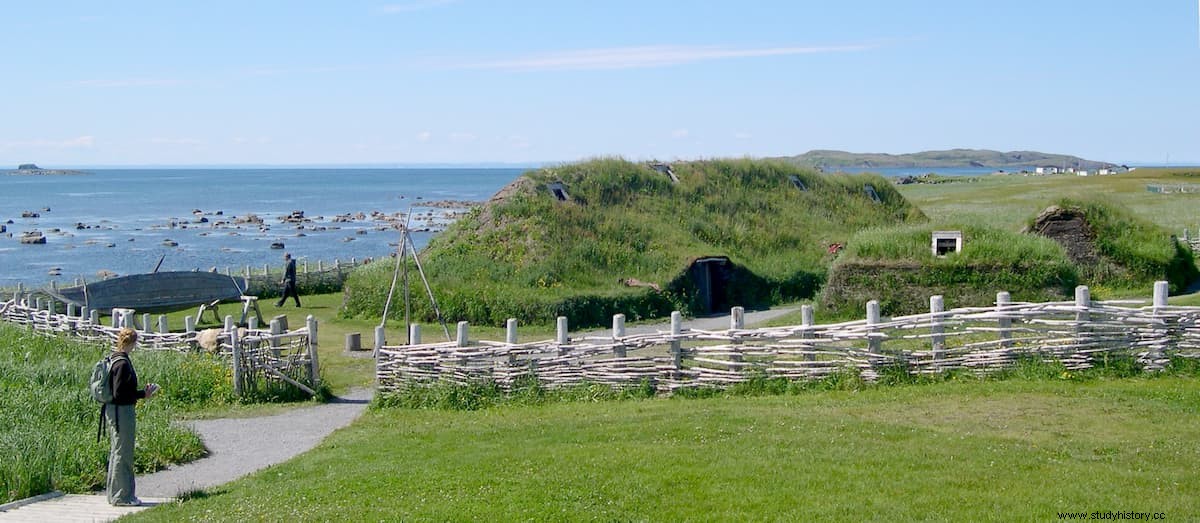
Likewise, Greeks and Romans have been placed on the other side of the ocean. The first, from the remains of a shipwreck from the 4th century B.C. in the waters of Cyprus, on whose hull, mixed with the pitch, they have thought to identify, quite willingly, agave leaves (a Central American plant). The second, for various reasons:one, quite crude, the Brazilian jars confused with amphorae; two, the Head of Tecaxic-Calixtlahuaca, head of a terracotta statuette with a beard and European appearance unearthed in Mexico in a pre-Hispanic archaeological context and that appears to be Roman in style, although there are testimonies that it was placed there by a student wanting to mislead.
The absence of Egyptians, always so conducive to fantasy, may surprise us, but in their case the matter was reversed:the discovery of nicotine and coca in some mummies found in Sudan raised a question mark, since the plants from which extracted are native to America. The most accepted explanation, if fraud is ruled out, is that the analyzed remains were contaminated. Something similar would have happened with the fragments of tobacco leaves extracted from another mummy, that of Ramses II, which in the seventies, in the midst of paranormal fever, had its moment of fame only to later fall into oblivion.
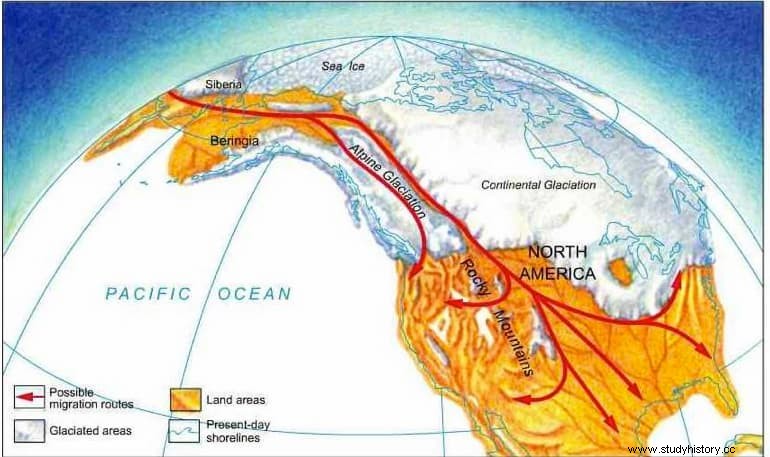
Let's switch gears for a moment. Not all pre-Hispanic hypotheses are so out of tune; some have a scientific basis for debate or have even been archaeologically proven. This is the case of the arrival of Vikings to North America in the 10th century, first to Greenland and then to Newfoundland. On this last island, a settlement was discovered in 1961, that of L'Anse aux Meadows, which once excavated and analyzed corroborates what was indicated by documentary sources such as the Saga of Erik the Red and the Saga Grœnlendinga .
Other findings, in the case of Baffin Island, are not so conclusive, in the same way that it is unknown if those Nordics made the leap to the continent and the famous Vinland would have to be located there (although the map is a recent forgery). However, it seems that the skræling (Scandinavian name for Native Americans) ended up driving the Vikings out, or at least pushing hard enough to make them leave forever. However, they took an unexpected souvenir.

And it is that in 2010 a genetic analysis was carried out on hundreds of Icelanders that showed that a good part of them carried a mitochondrial DNA until then present only in Native Americans. He did not specify on what date he must have arrived on the island, although it seems certain that it was before the 18th century, formulating the possibility that those Vikings who finally left in the 11th century brought an Indian woman with them. Add to this that, according to a legend, Thorfinn Karlsefni, father of Snorri Thorfinsson (the first Scandinavian born in America), took two skræling children s in the year 1009 and it may be that in later times Inuit were taken as slaves.
Another contact, somewhat later, would have been between peoples of Siberia and Alaska, through Beringia, a natural bridge of the Bering Strait caused by the lowering of ocean levels. As we know, that was the path of the original peopling of America, during the Ice Age, in several waves. But six obsidian and bronze tools dating from the 14th century have been found that would suggest another. The origin of the obsidian, determined by the chemical analysis of the material, refers to the valley of the Anádyr river, in Russia, while the application of the X-ray fluorescence method to the metal revealed a manufacturing technique typical of the Far East, perhaps China; then we will insist with this country.

In the meantime, let's lower latitude a bit. The possibility of contacts between indigenous South Americans and Polynesians has been handled for quite some time, both in one direction and in another. We say the latter because of the oral accounts collected by the Spanish about a maritime expedition that the sapa Inca personally organized and directed. Tupac Yupanqui. He went out to sea, to two islands that he had heard of called Ninachumbi and Ahuachumbi, presumably Polynesian. Those who believe the matter is true identify them with the current Mangareva and Rapa Nui (Easter) and believe they see in these sites stylistic analogies with Inca culture and art.
Generally, for this Polynesian-South American contact, the genetic affinity of both parties is taken into account, based on a study carried out on the Easter Island population that shows that its genome is very similar to the Mapuche and prior to the discovery of the island by Europeans. , calculating that contact between the last quarter of the 13th century and the end of the 15th with a margin of error of one hundred years (another different study places a genetic exchange with Polynesians around 1380).
There are further studies in other South American populations in which haplogroups characteristic of Polynesians and Austronesians have been found. The best known case is the mitochondrial DNA analyzed in fourteen skulls of the extinct Botocuda ethnic group (Brazil), a mystery because, at the same time, direct contact is ruled out, given the geographical location. Likewise, analyzes carried out on various Pacific islands (Marquesas, Mangareva and others) found a genetic mixture with South American DNA, especially similar to that of the Zenú people of northern Colombia, dating the encounter between the years 1150 and 1230.
On the other hand, anthropometry, stripped of the racial component of other times, continues to be a tool used as a branch of anthropology to assess the morphological differences and similarities between individuals from all over the planet. In this sense, craniometry provides more arguments with a specific case:several skulls found on the Chilean island of Mocha that turned out to have measurements and shapes very similar to those of the Polynesians, which would be another indication of the presence of people from the Pacific in the Chilean coast.
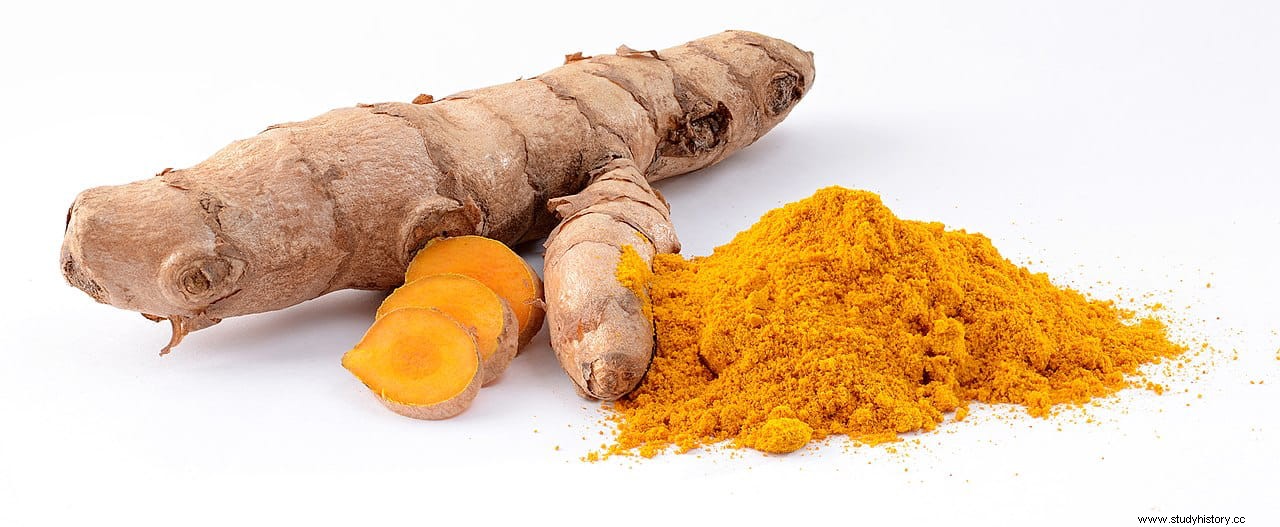
Now, there are more arguments apart from human biology to suppose that the old theory of American settlement exclusively from Siberia could be obsolete. One of them is linguistic, when philologists find similar words. For example, in the use of the word toki with which the Maori refer to the stone ax and which is also said in Mapuche, while the Colombian yurumangui have the similar totoki . Another shared Maori term is kumāra (sweet potato, also known as sweet potato or camote), which the Ecuadorian Cañarí people call kumal , by k’umara the Quechuas and Aymaras.
Precisely the sweet potato is an indication per se , since it is originally from South America and, it seems, arrived in Polynesia before the Spanish and Portuguese took it; more specifically, its first presence in the Cook Islands is located at the end of the first millennium. Another thing is how he made the crossing, because it did not necessarily have to be in a boat; migratory birds could do it, carrying seeds in their plumage. Phylogenetic analysis reveals that there were two introductions of sweet potato in Polynesia, one before and one after the Europeans.
The same could be said of turmeric, a herbaceous plant used as a food coloring (poor man's saffron, they nickname it) that is native to India, from where it spread through Oceania and Madagascar, finally reaching America. Reverse path would have made the ageratum , a species of toxic weed native to Argentina, Paraguay and Brazil that James Cook also found in Hawaii in 1778, before any white set foot on that land (let us clarify that Ruy López de Villalobos discovered in 1542 what he called the King's Islands, which could to be the Hawaiian archipelago, although on his map he placed them ten degrees further east).
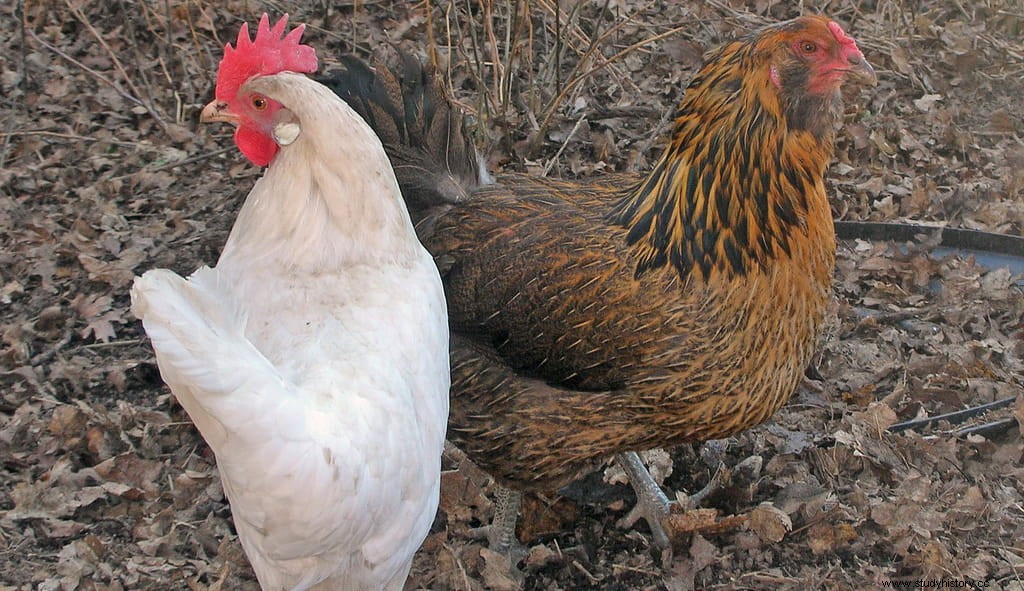
A third case would be that of the resin with which various Peruvian mummies preserved in the Bolton Museum were embalmed. It comes from a tree called auarucaria, a conifer that is native to New Guinea. However, the gist The question is not that, but rather that, according to the radiocarbon analysis carried out, the mummy and that substance are from the same time:around the year 1200.
There are also animal signs:the Mapuche (or Araucanian) hen. It was thought that it was introduced by the Spanish in the mid-16th century, but in 2007 bones of this species appeared at the El Arenal-1 site (Chile), whose carbon 14 analysis places them between 1304 and 1424. From another type of hen , the Polynesian, there are remains on the previously mentioned island of Mocha, knowing that it is an animal native to Vanuatu, Tonga and Samoa; determining if it could reach America during the heyday of the Tu'i Tonga empire (13th-15th centuries) and be the ancestor of the Araucanian chicken, originates a controversial debate.
Before we talked about stone axes, but there are other objects that also sow doubts. For example, the sewn bark canoes used by the Hawaiians bear considerable analogy, both in technique of construction (as do the hooks) and in naming, with those of the Chumash and Tongva Indians of California, although no such have been found. common genetic traits between both peoples and that is why archaeologists believe that it was simply parallel evolutions. The fact that the dalcas worn by the chonos of southern Chile are also similar seems to confirm this.
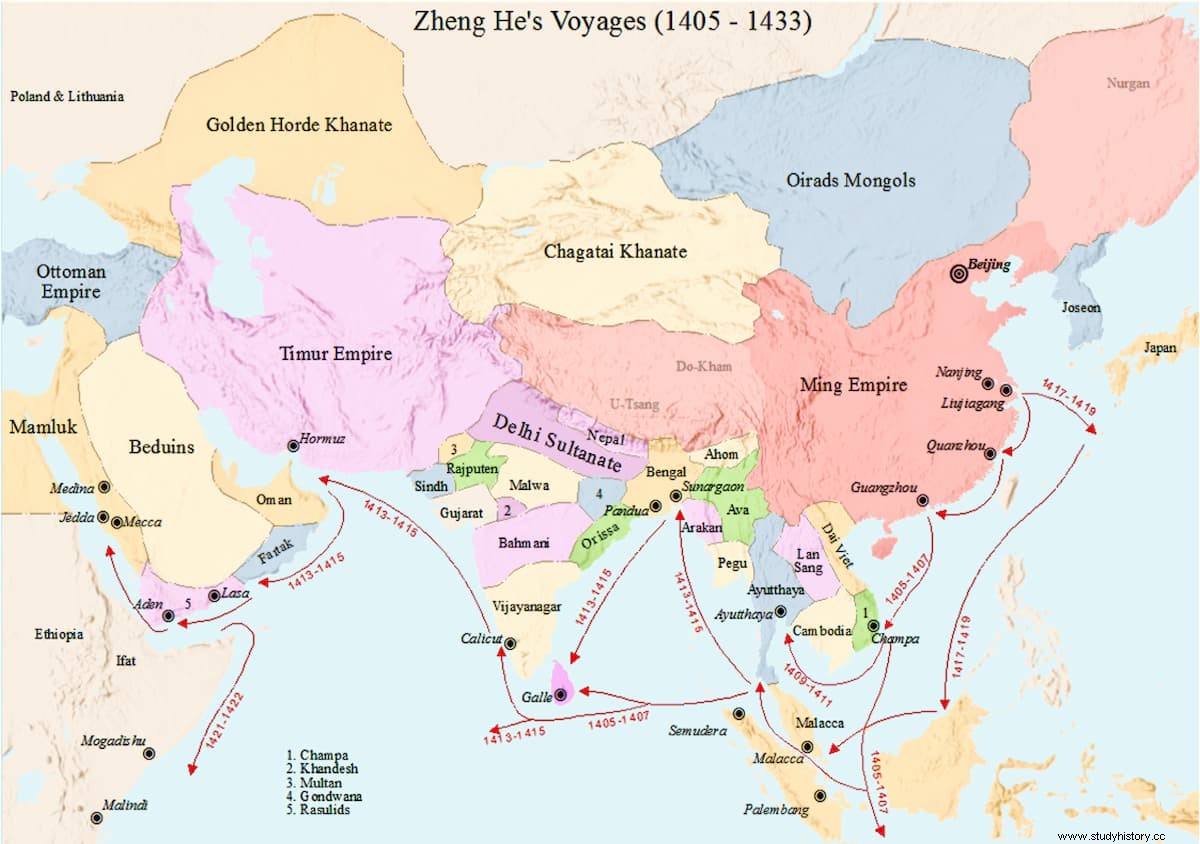
Now, not only pre-Hispanic contact with Oceania has been proposed; before we alluded to the Far East and that is where it emerges, in the first place China. We have already seen in another article that the writer Gavin Menzies affirms in a successful book that the navigator Zheng Hé crossed the Pacific and arrived at the American coast in the first half of the fifteenth century. He does not provide any convincing evidence and the Chinese documentation only states that Zheng-Hé traveled in the opposite direction, to Africa. But the thing goes beyond that English sailor turned historian. And we are not referring either to the Smithsonian researcher who in 1971 proposed that the Olmecs descended from envoys of the Shang dynasty, back in the 13th century, obtaining the immediate support of Chinese colleagues.
Actually the subject was not new, because in 1888 some thirty bronze coins were unearthed in British Columbia that sparked a multitude of gossip until archaeologists determined that they were Chinese immigrant miners. Something similar happened with the so-called Piedras de Palos Verdes, which were shaped like traditional Chinese anchors but turned out to be made with Monterrey shale in the 19th century; yes, they were also used by Chinese emigrant fishermen.
Precisely the Chinese botanist Hui-Lin Lí argued in 1961 that a site named Mulan Pi - which appears in several documentary sources - was discovered by Muslim sailors, such as Khashkhash Ibn Saeed Ibn Aswad, between the 9th and 10th centuries and corresponded to America. Experts, on the other hand, believe that it was located in Al Ándalus and Morocco during the Almoravid period. However, the idea of a distant land beyond the seas was not uncommon in Asia.
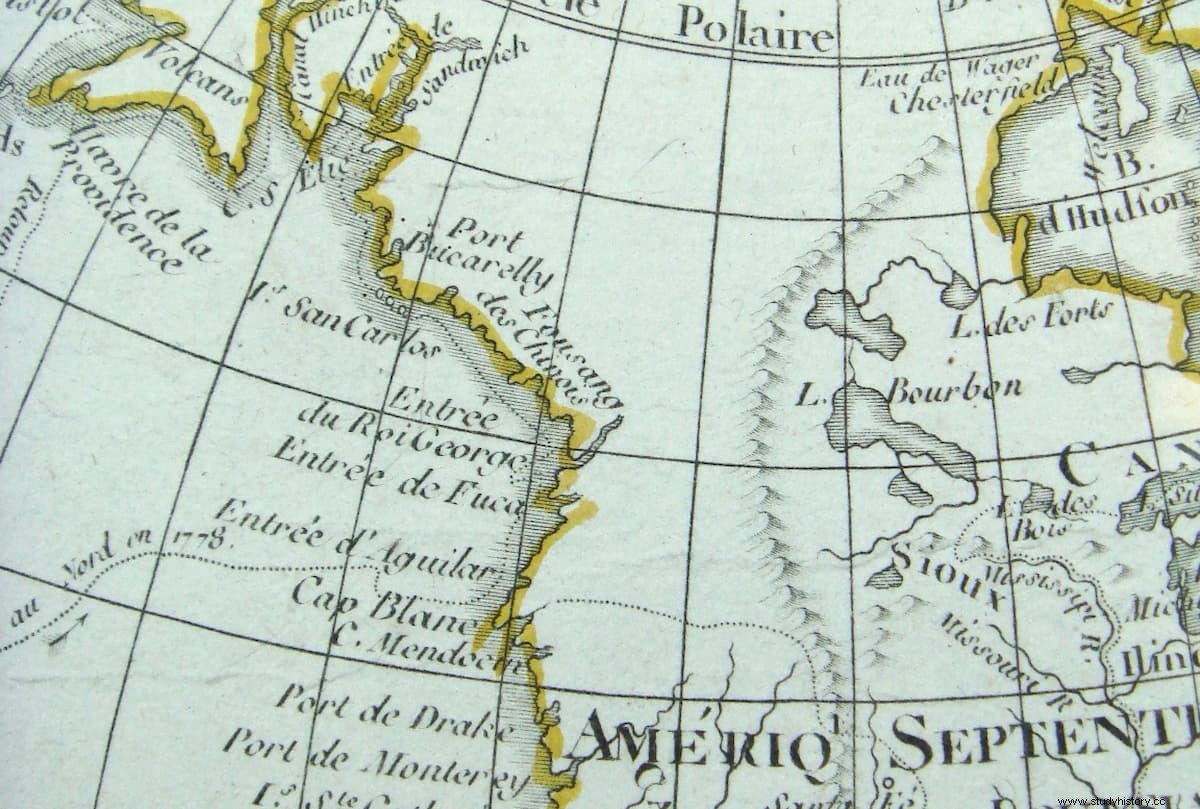
Thus, there was talk of a mysterious place, called Fusang, which several Buddhist monks would have visited and which on some maps was located on the American west coast; according to experts, it would actually be cartography from the 19th century or a mistake when following the descriptions written by Hui Shen in 499 AD. Interestingly, this is repeated but taking Japan as a reference. The reader may remember an article that we dedicated to the theory, published in 1994 by the anthropologist Nancy Yaw Davis, of a visit by Japanese missionaries (also Buddhists) to the Zuñi Indians in the year 1350... to which no colleague subscribes.
Even so, there are those who believe they see decisive similarities between the ceramics of the Ecuadorian Valdivia culture and that of the Japanese Jōmon Period - which, chronological problems aside, deny those who argue that the incision on clay allows a limited number of decorative motifs - and who, like the nineteenth-century lawyer James Wickersham, who planted the possibility of pre-Columbian contacts taking as a model the arrival of some Japanese ships on the North American coast in his own century, something that if it could not be demonstrated, it was, he said, because there was no documentation left (! ).
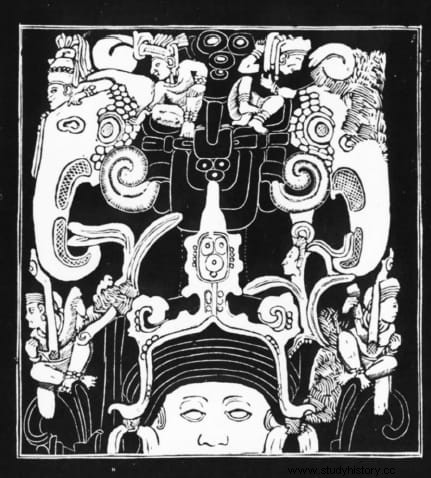
In those same years, in the last quarter of the 19th century, India presented its candidacy through a British soldier stationed there who thought he saw the representation of a custard apple in the reliefs of a stupa (the custard apple is native to Peru and was introduced in India by Vasco da Gama in 1498). Art has given more play to this and some believe that other reliefs from Karnataka (12th century) reproduce corn or that Stela B from the Mayan city of Copán shows two Asian elephants, which archaeologists correct as tapirs.
But let no one think that Africa is left out of this issue. We have already seen here the frustrated Atlantic crossing of Abubakari II from Mali, which was never heard of again beyond some oral legends; by the way, the Brazilian prehistorian Niede Guidon proposed that something like this would have happened about a hundred thousand years ago (even before the passage of the Bering Strait). It has also been claimed to see Africans in the Negroid features of the Olmec stone heads (a culture that developed between 1200 BC and 400 BC), without genetic support, as in the previous case. Or Mesoamerican religious symbols are compared with Mandingo equivalents, ignoring that they are universal motifs (winged serpent, solar disk).
Religion as a generator of transoceanic adventures also affected Christianity. We have already seen how the ancestors of the natives were sought in Jews and Templars; It should not be so strange, because the Spanish conquerors, we said before, also used to explain what they discovered by comparing it with the biblical stories. That's why they called the teocallis mosques. They saw Christian evidence in Mayan crosses or assimilated local myths with the lives of saints. Thus was born, for example, the idea of a white and bearded Quetzalcoátl that in reality has no reflection in any indigenous work of art.
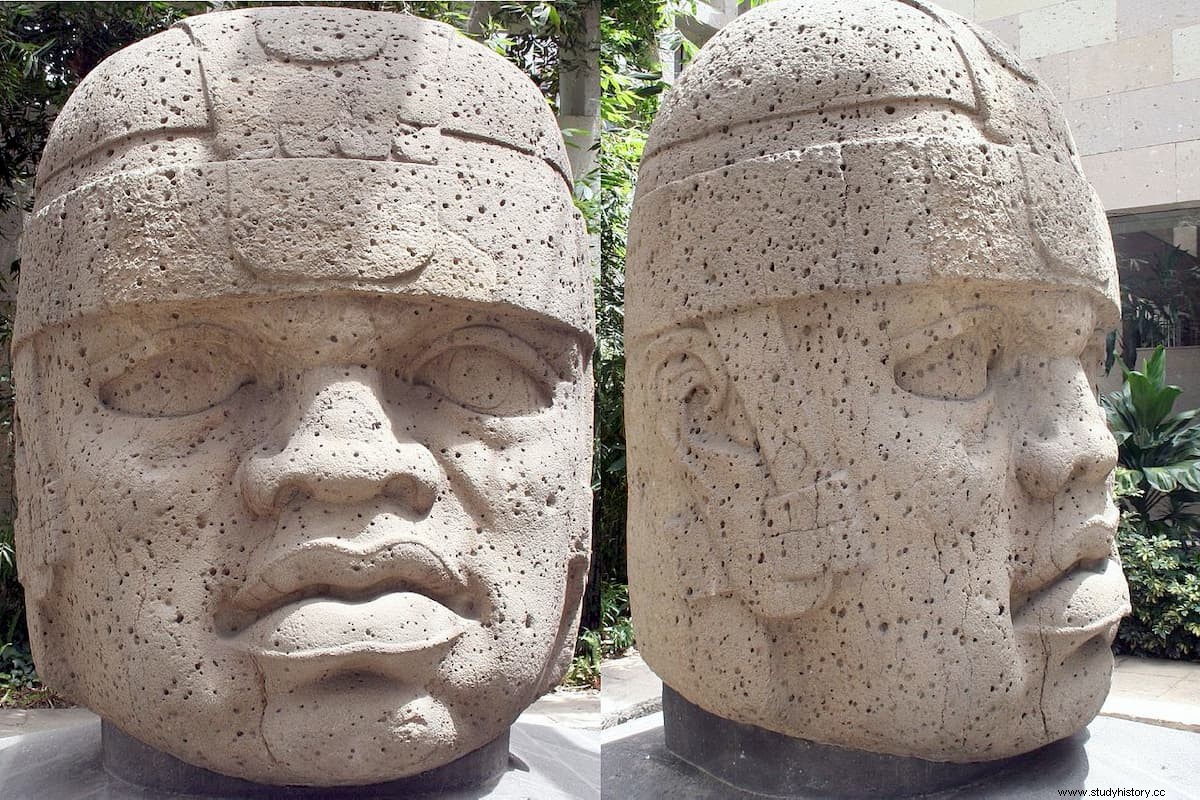
The idea that Christian missionaries had visited the New World before the Columbian voyage was very juicy and, furthermore, it helped its discovery by locating an imaginary island in the middle of the Atlantic that the Irish monk Saint Brandan would have visited in the 6th century, together with fourteen companions, while searching for the Terrestrial Paradise. The belief in that insular land would encourage the Welsh prince Madoc to set out in search of him in the 12th century, as we saw in another article that made his mythical character clear (no reference prior to the 15th century is preserved). Q>
If it is a story made after that date, as it seems, it was probably intended to justify England's presumed right to settle in America (which some Americans like Thomas Jefferson happily embraced). In fact, there were more stories of that type and with that intention, such as the exploration of the New World by the Scotsman Henry Sinclair a hundred years before Columbus, bringing back some ears of corn and aloe plants that, according to The code DaVinci , were immortalized in some reliefs of the Rosslyn Chapel, (near Edinburgh). Current botanists say that these representations are too schematic and can represent many other plants; after all, next to them they have reliefs of elves.
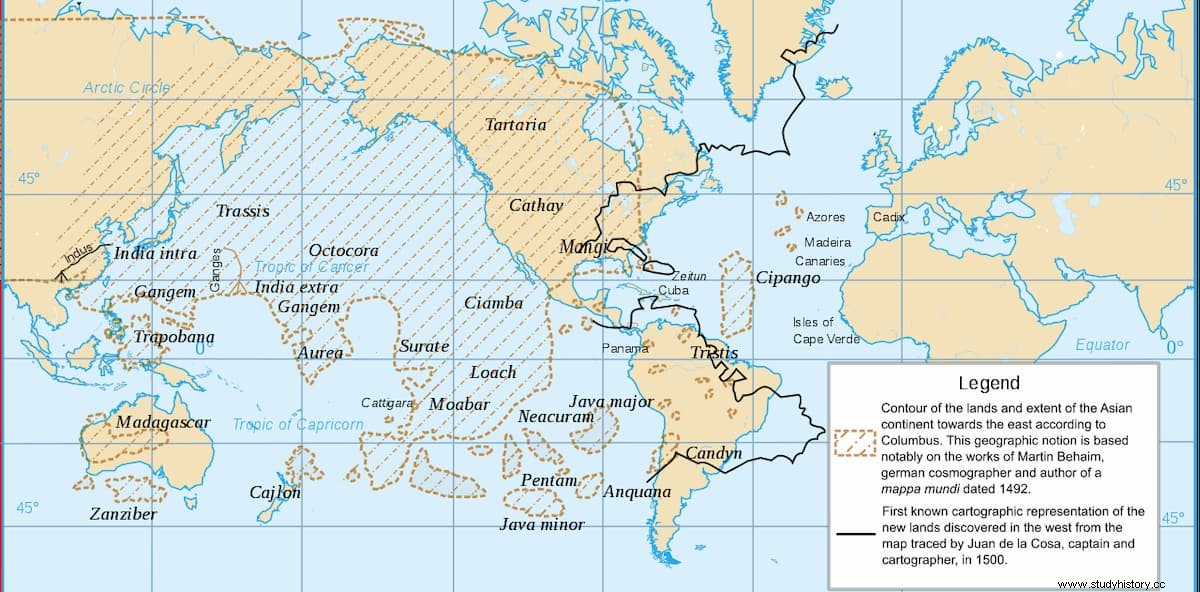
What is certain is that Columbus himself had been in Bristol, an English city from where ships used to sail that went far into the Atlantic and among whose sailors stories circulated about lands on the other side, including San Brandán, Hi-Brazil and others that perhaps could correspond to Macaronesia. The same happened with the Portuguese, who sent expeditions although they all returned without success. The Genoese worked for them and as the Portuguese crown was not interested in his project, by focusing attention on the African route, he left Lisbon for Castile taking valuable nautical charts.
That is where the theory of the prenaut arises, a sailor whom Columbus would have met and who revealed to him that he had found land crossing the ocean. The truth is that, without anything to prove it, it would only be a typical late port rumor, from the 16th century, which over time grew so fat as to give birth to the character in Huelva and even give him a name:Alonso Sánchez. It is also speculation, until proven otherwise, that Basque sailors fishing in the seas off Newfoundland and Labrador had discovered land before 1492 but kept it secret to ensure they fished without competition.
As can be seen, half of humanity claims to have set foot in America before Columbus. Of course, he was the first to return to Europe and tell about it.
